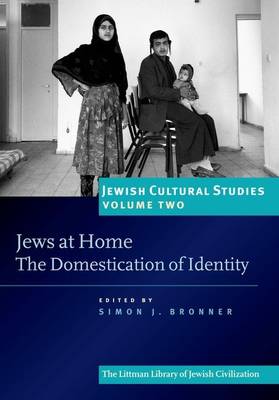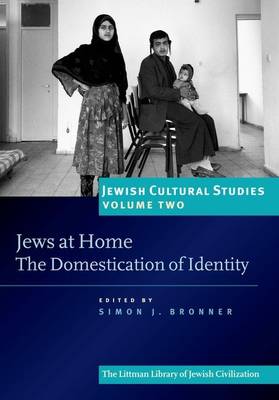
- Retrait gratuit dans votre magasin Club
- 7.000.000 titres dans notre catalogue
- Payer en toute sécurité
- Toujours un magasin près de chez vous
- Retrait gratuit dans votre magasin Club
- 7.000.0000 titres dans notre catalogue
- Payer en toute sécurité
- Toujours un magasin près de chez vous
Récompenses
Description
For a Jew, describing a place as 'home' conveys connotations of heritage as well as of residence. Additionally, feeling 'at home' suggests a sense of comfort in one's social surroundings. The questions at the heart of this volume are: what things make a home 'Jewish', materially and emotionally, and what is it that makes Jews feel 'at home' in their environment? The material dimensions are explored through a study of the symbolic and ritual objects that convey Jewishness and a consideration of other items that may be used to express Jewish identity in the home-something that the introduction identifies as 'living-room Judaism'. The discussion is geographically and ethnically wide-ranging, and the transformation of meaning attached to different objects in different environments is contextualized, as, for example, in Shalom Sabar's study of {h.}amsa amulets in Morocco and Israel. For diasporic Jewish culture, the question of feeling at home is an emotional issue that frequently emerges in literature, folklore, and the visual and performing arts.
The phrase 'at-homeness in exile' aptly expresses the tension between the different heritages with which Jews identify, including that between the biblical promised land and the cultural locations from which Jewish migration emanated. The essays in this volume take a closer look at the way in which ideas about feeling at home as a Jew are expressed in literature originating in Brazil, Argentina, and the United States, and also at the political ramifications of these emotions. The question is further explored in a series of exchanges on the future of Jews feeling 'at home' in Australia, Germany, Israel, and the United States. Jews at Home is the first book to examine the theme of the Jewish home materially and emotionally from a variety of disciplinary perspectives, including literature, history, anthropology, sociology, psychology, art history, and folk and popular culture. The essays in the collection use the theme of home and the concept of domestication to revise understanding of the lived (and built) past, and to open new analytical possibilities for the future. Its discussion of domestic culture and its relevance to Jewish identity is one with which readers should feel right at home.Spécifications
Parties prenantes
- Editeur:
Contenu
- Nombre de pages :
- 400
- Langue:
- Anglais
- Collection :
- Tome:
- n° 2
Caractéristiques
- EAN:
- 9781904113461
- Date de parution :
- 27-05-10
- Format:
- Livre broché
- Format numérique:
- Trade paperback (VS)
- Dimensions :
- 168 mm x 236 mm
- Poids :
- 929 g

Les avis
Nous publions uniquement les avis qui respectent les conditions requises. Consultez nos conditions pour les avis.







